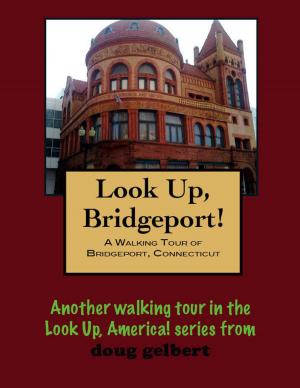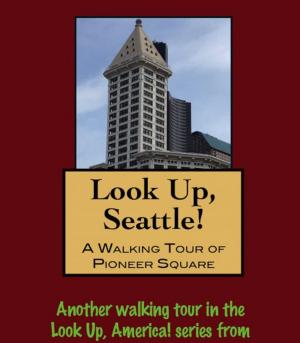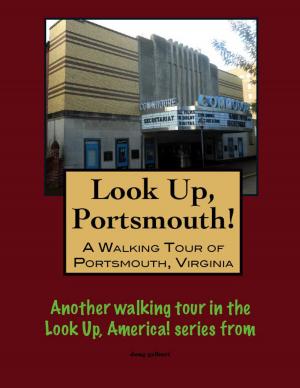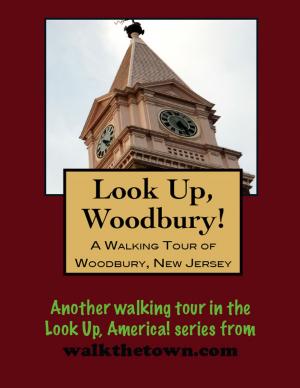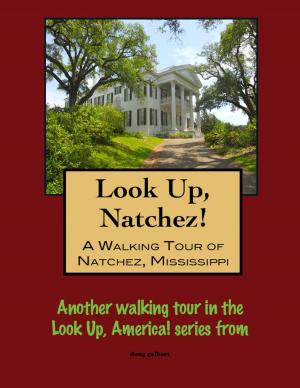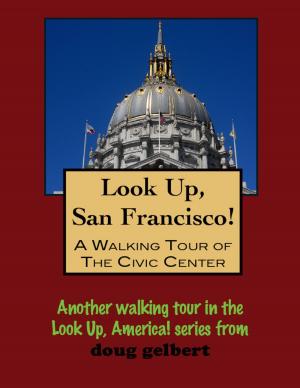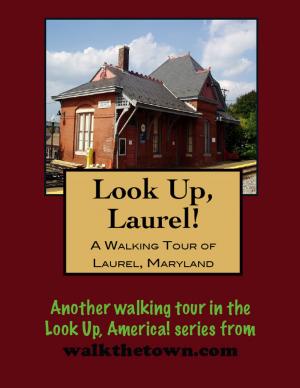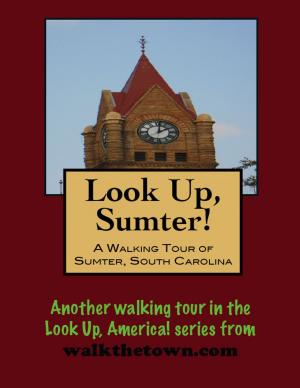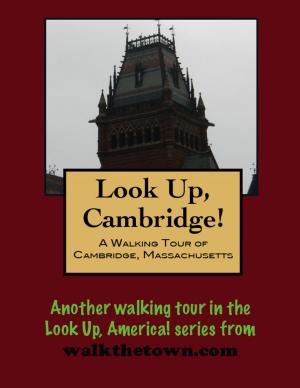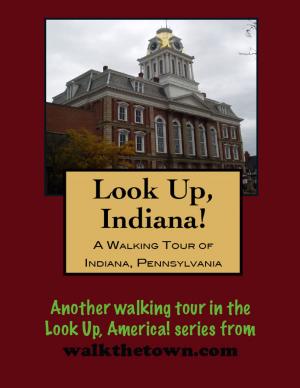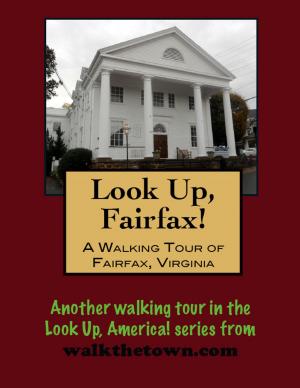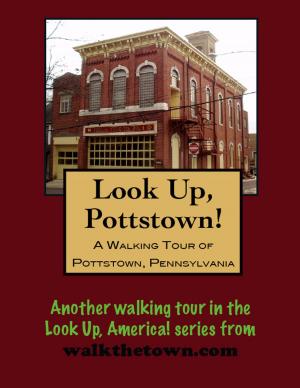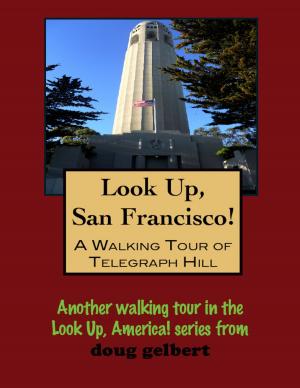| Author: | Doug Gelbert | ISBN: | 9781466111035 |
| Publisher: | Doug Gelbert | Publication: | July 18, 2011 |
| Imprint: | Smashwords Edition | Language: | English |
| Author: | Doug Gelbert |
| ISBN: | 9781466111035 |
| Publisher: | Doug Gelbert |
| Publication: | July 18, 2011 |
| Imprint: | Smashwords Edition |
| Language: | English |
There is no better way to see America than on foot. And there is no better way to appreciate what you are looking at than with a walking tour. Whether you are preparing for a road trip or just out to look at your own town in a new way, a downloadable walking tour is ready to explore when you are.
Each walking tour describes historical and architectural landmarks and provides pictures to help out when those pesky street addresses are missing. Every tour also includes a quick primer on identifying architectural styles seen on American streets.
Incorporated in 1903, St. Petersburg was new type of American city for a new century. Before St. Petersburg towns grew up with an industrial base, exploiting their natural resources or advantageous trade location. Here, the town grew up as a recreation destination. When town leaders dredged the harbor it was for pleasure boats and a 29-acre yacht basin - in fact water commerce was actively shuffled south, outside of the town. And the people did come to play. In the first quarter of the 20th century the population rose from less than 2,000 at the time of incorporation to an estimated 26,000.
In fact St. Petersburg received the stamp of approval as "Sunshine City" by no less an authority than the American Medical Association as far back as 1885. Dr. W.C. Van Bibber reported the results of his research that indicated that Pinellas Point peninsula was the sunniest place in the United States. Seldom has a proclamation before an august scientific body been so publicized to the public as this one, thanks to promoters of St. Petersburg. Millions of dollars was expended spreading the word about America's new Sunshine City. Lew Brown, the publisher of the St. Petersburg Independent announced that the entire edition of his afternoon paper would be given away FREE if the sun failed to show by 3:00 p.m. In 26 years the Independent was distributed free 123 times, five times a year.
Developing solely as a tourist resort turned out exactly as town founder John Williams envisioned it. In 1875 the Detroit native purchased 2,500 acres along Tampa Bay with pictures of graceful parks and broad boulevards dancing in his head. Not much happened on Pinellas Peninsula until 1888 when Williams convinced exiled Russian nobleman, the anglicized Peter Demens, to route his Orange Belt Railway here. The popular story goes that the two men flipped a coin to name the town and Demens won, christening the community after his birthplace in Russia. When Williams constructed the first resort hotel in town he called it Detroit for his home town.
A town as unique as St. Petersburg demands a unique walking tour and ours will involve a walk around a park and a walk around a lake, both in the center of town, and we'll start off in the park...
There is no better way to see America than on foot. And there is no better way to appreciate what you are looking at than with a walking tour. Whether you are preparing for a road trip or just out to look at your own town in a new way, a downloadable walking tour is ready to explore when you are.
Each walking tour describes historical and architectural landmarks and provides pictures to help out when those pesky street addresses are missing. Every tour also includes a quick primer on identifying architectural styles seen on American streets.
Incorporated in 1903, St. Petersburg was new type of American city for a new century. Before St. Petersburg towns grew up with an industrial base, exploiting their natural resources or advantageous trade location. Here, the town grew up as a recreation destination. When town leaders dredged the harbor it was for pleasure boats and a 29-acre yacht basin - in fact water commerce was actively shuffled south, outside of the town. And the people did come to play. In the first quarter of the 20th century the population rose from less than 2,000 at the time of incorporation to an estimated 26,000.
In fact St. Petersburg received the stamp of approval as "Sunshine City" by no less an authority than the American Medical Association as far back as 1885. Dr. W.C. Van Bibber reported the results of his research that indicated that Pinellas Point peninsula was the sunniest place in the United States. Seldom has a proclamation before an august scientific body been so publicized to the public as this one, thanks to promoters of St. Petersburg. Millions of dollars was expended spreading the word about America's new Sunshine City. Lew Brown, the publisher of the St. Petersburg Independent announced that the entire edition of his afternoon paper would be given away FREE if the sun failed to show by 3:00 p.m. In 26 years the Independent was distributed free 123 times, five times a year.
Developing solely as a tourist resort turned out exactly as town founder John Williams envisioned it. In 1875 the Detroit native purchased 2,500 acres along Tampa Bay with pictures of graceful parks and broad boulevards dancing in his head. Not much happened on Pinellas Peninsula until 1888 when Williams convinced exiled Russian nobleman, the anglicized Peter Demens, to route his Orange Belt Railway here. The popular story goes that the two men flipped a coin to name the town and Demens won, christening the community after his birthplace in Russia. When Williams constructed the first resort hotel in town he called it Detroit for his home town.
A town as unique as St. Petersburg demands a unique walking tour and ours will involve a walk around a park and a walk around a lake, both in the center of town, and we'll start off in the park...

